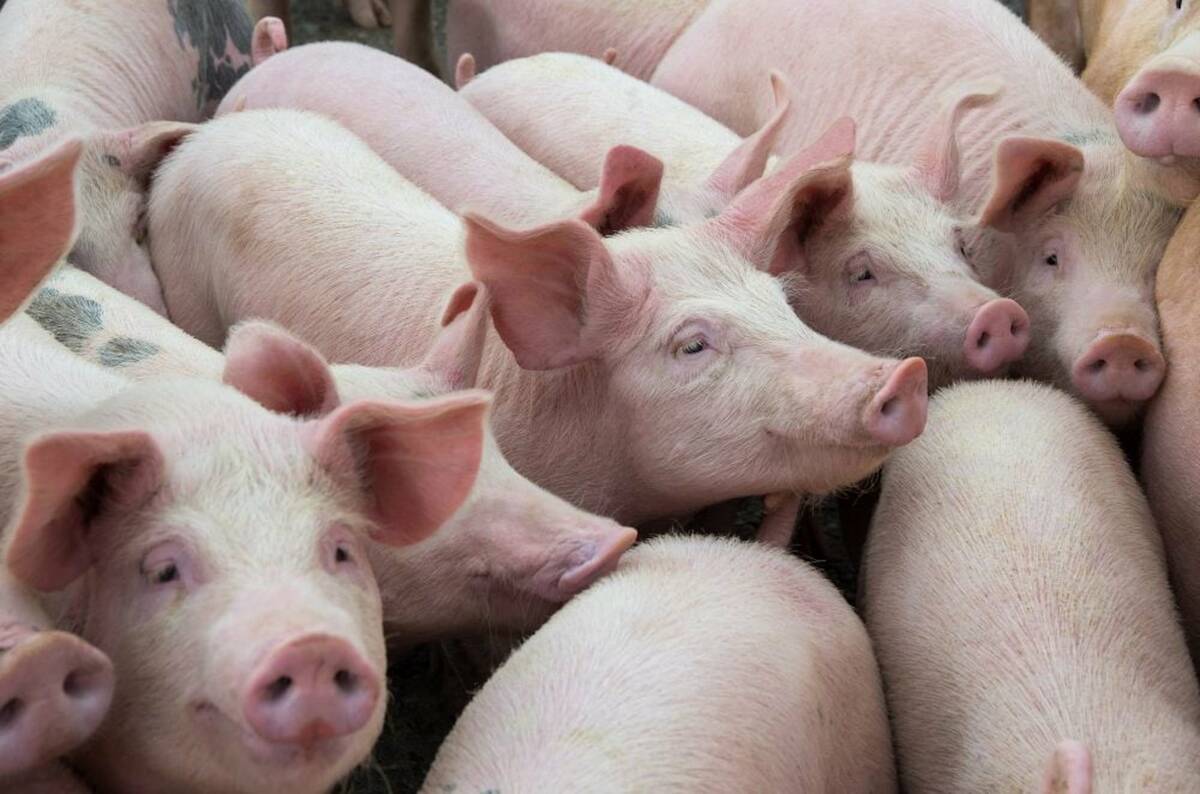Chicago | Reuters—Chicago Mercantile Exchange (CME) lean hog prices ended up slightly on Friday as analysts said a seasonal drop in pork prices toward the end of summer looked less drastic than expected.
Live cattle futures edged up slightly, though wholesale beef prices have slumped recently.
Pork prices traditionally spike in summer during the U.S. grilling season and drop at the end of the season, and hog prices generally follow that pattern, according to analysts.
The U.S. Labor Day holiday on Monday traditionally is considered the end of the summer season.
Read Also

U.S. livestock: Hogs rise ahead of ‘Hogs and Pigs’ report
Chicago cattle futures continued to inch upward on Monday. Hogs also rose in anticipation of Tuesday’s Hogs and Pigs report….
“The seasonal drop in pork and cash hogs has happened, but maybe bulls are saying it hasn’t been as dramatic as last year,” Nelson said.
Most-active CME October lean hog futures LHV24 settled up 0.05 cents at 82.225 cents per pound.
Most-active CME October live cattle LCV24 closed up 0.700 cent at 178.600 cents per pound. Most-active CME October feeder cattle FCV24 finished up 1.075 cents at 237.750 cents per pound.
Select boxed beef prices declined by $0.37 to $295.82 per hundredweight (cwt), though choice cuts increased by $0.68 to $309.34 per cwt, U.S. Department of Agriculture data showed on Friday afternoon.
Positive indicators have emerged for the U.S. economy, such as Thursday’s U.S. Commerce Department report that showed the U.S. economy grew faster than initially thought in the second quarter amid strong consumer spending. But ongoing anxiety about a possible recession continued among cattle market participants, said Nelson.
“Deferred futures do have this priced in,” he said. “So far, we’re not really seeing a strong argument that’s saying it’s showing up in actual demand at the retail level yet.”
A recession could hurt demand for high-priced beef.
“The market appears to show little interest from cattle feeders in buying at these prices,” said Nelson.
“The feeder side, just like the beef, is still pricing in some type of recession risk.”














